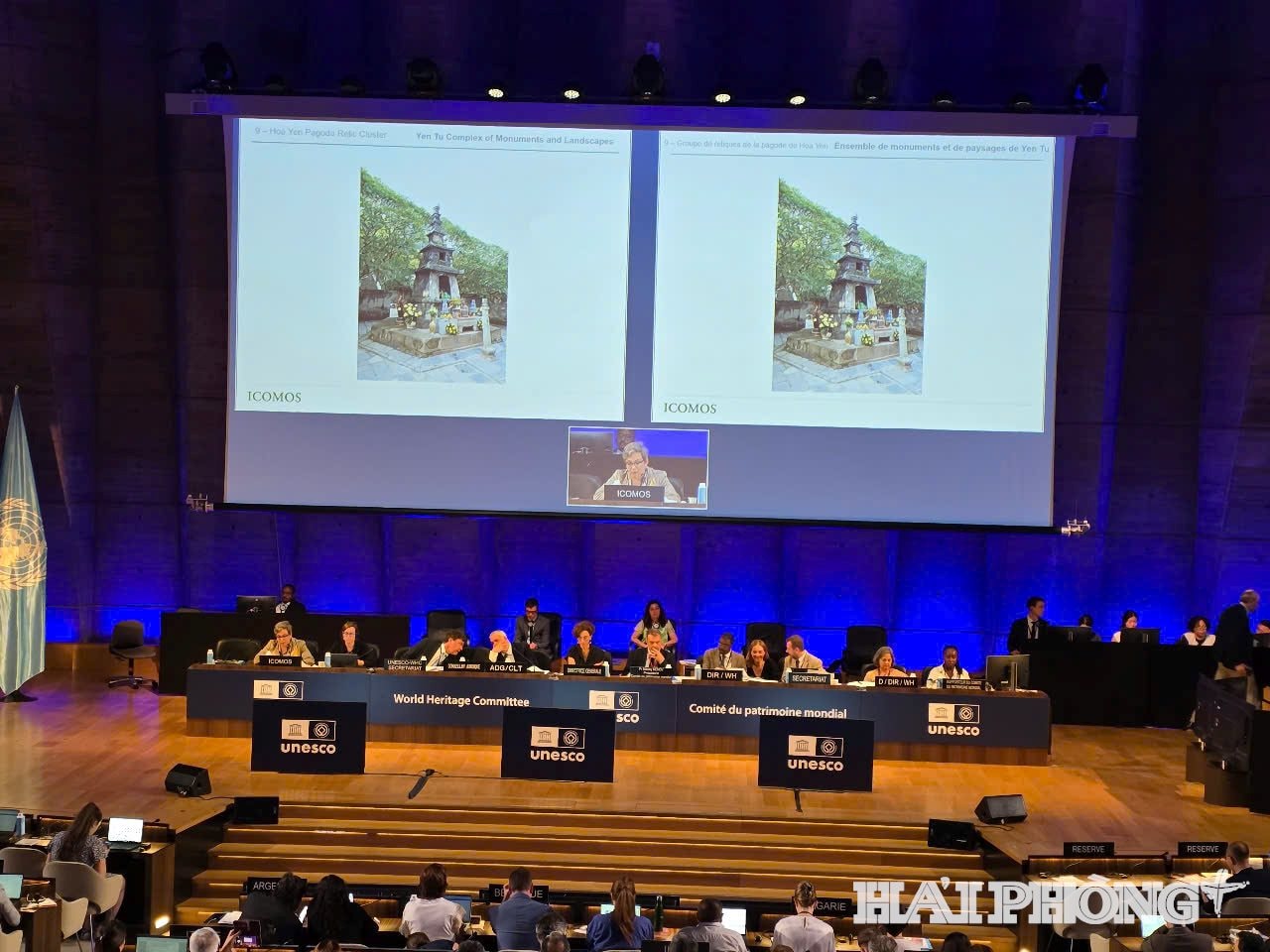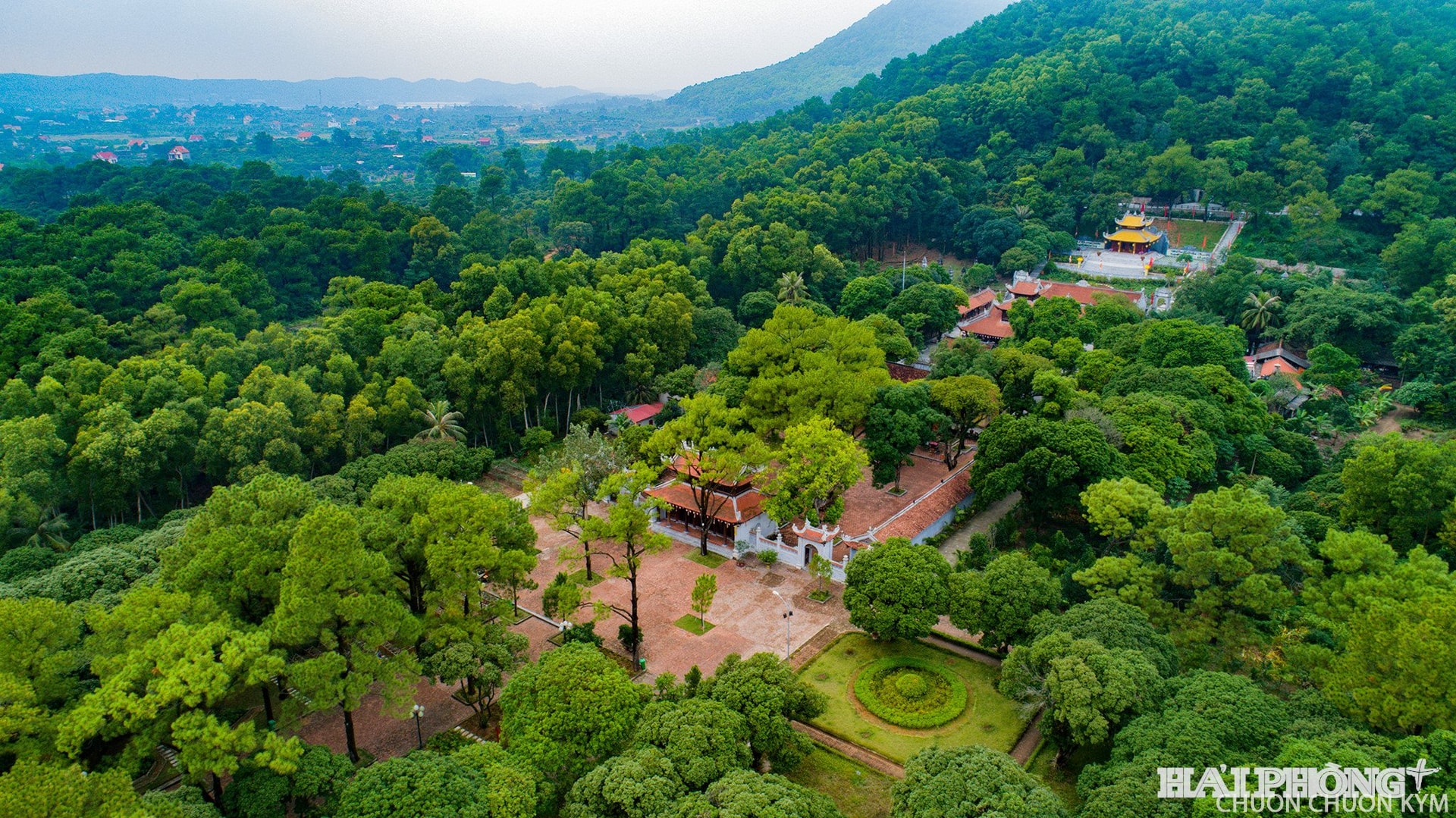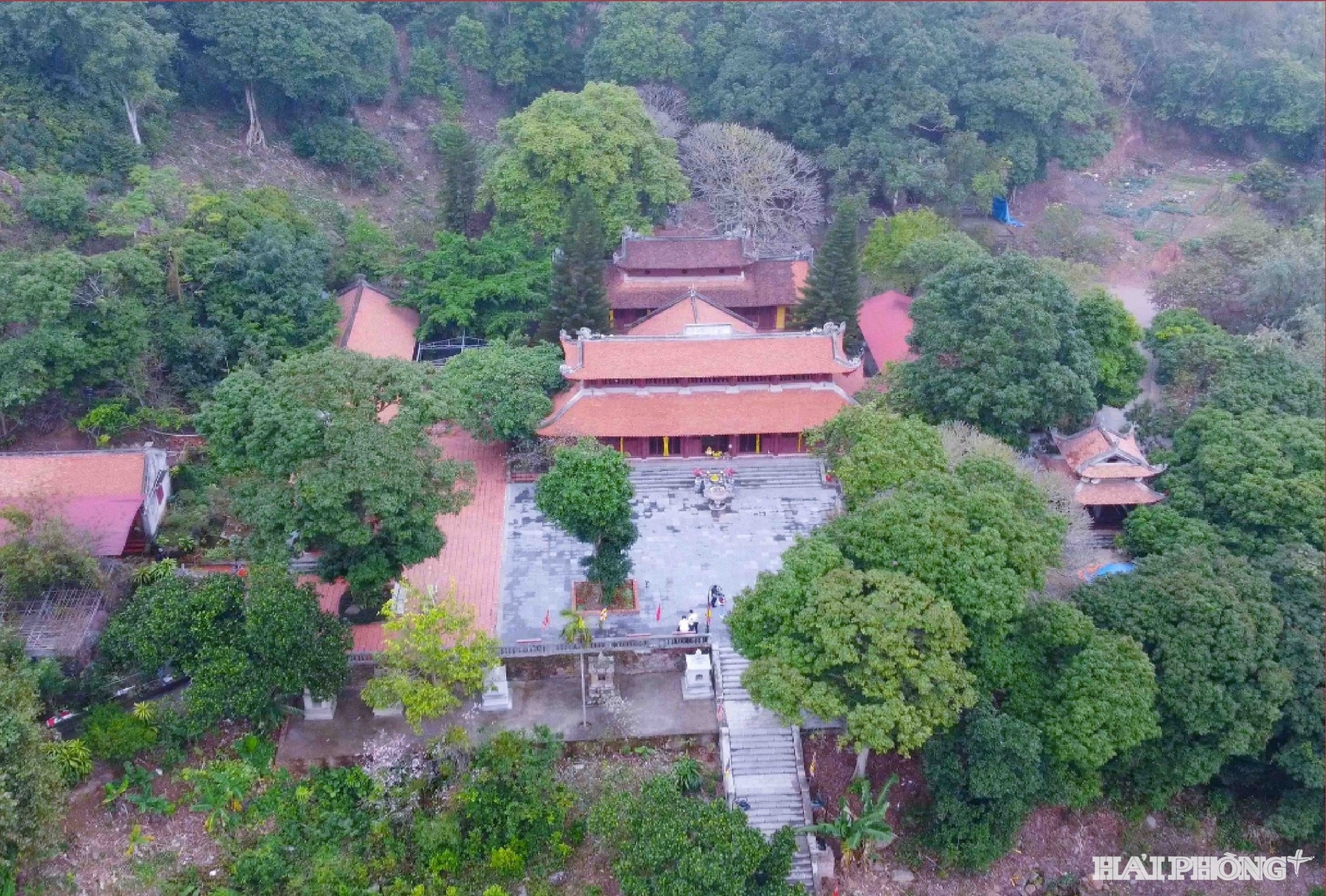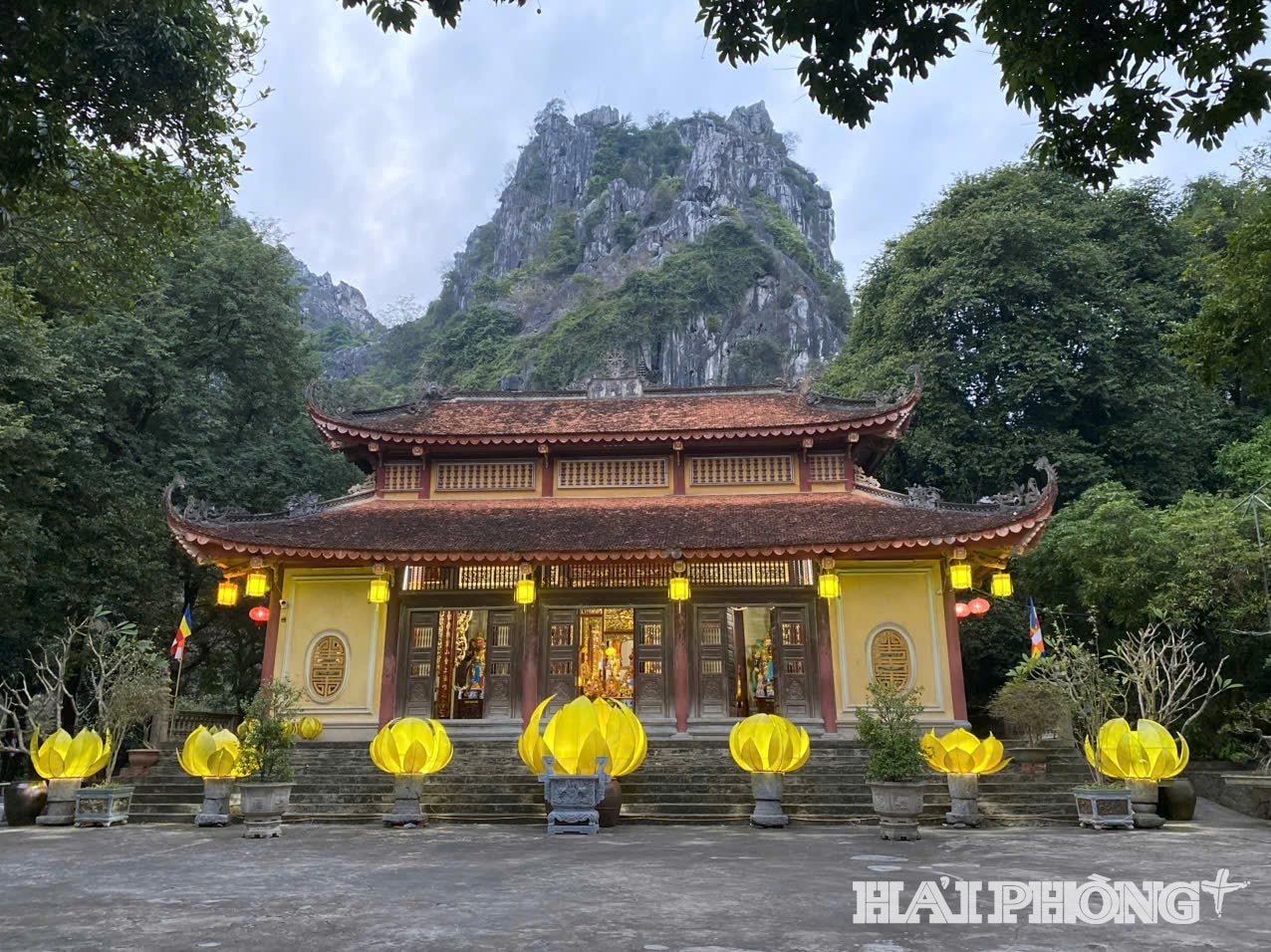The Yen Tu - Vinh Nghiem - Con Son, Kiep Bac relic and landscape complex has been recognized as a world heritage site during the 47th Session of the World Heritage Committee.
On the afternoon of July 12 (Paris time), at the 47th Session of the World Heritage Committee of the United Nations Educational, Scientific and Cultural Organization (UNESCO), Professor Nikolay Nenov, Chairman of the Session, officially knocked the hammer to recognize the Yen Tu - Vinh Nghiem - Con Son, Kiep Bac relic and landscape complex as a world heritage site.

Located across three Vietnamese localities of Quang Ninh, Hai Phong, and Bac Giang, the complex comprises 12 heritage sites. Quang Ninh province contributes five sites: Thai Mieu (Imperial Temple), Lan pagoda, Hoa Yen pagoda, Ngoa Van pagoda, and Yen Giang stake yard. Hai Phong city is home to another five sites: Con Son pagoda, Kiep Bac temple, Thanh Mai pagoda, Kinh Chu cave, and Nham Duong pagoda. Bac Giang province has the last two sites: Vinh Nghiem and Bo Da pagodas.

Among them, the five sites in Hai Phong city are significant historical and scenic landmarks, preserving exceptional cultural, historical, and scientific values not only of Vietnam but also of global significance.
These sites meet UNESCO’s Criteria (iii) and (vi) for world heritage designation.

Specifically, according to criterion (iii), the strategic alliance between the State (the Tran royal family), religion (Truc Lam Zen Buddhism), and the people, which originated in the Yen Tu mountain range, gave rise to a unique cultural tradition of global significance, shaping national identity and fostering peace and security in a broader regional context.
According to criterion (vi), Truc Lam Zen Buddhism, initiated and developed mainly by members of the Tran royal family, is a globally significant example of how a religion emerged from multiple belief systems. Originating from the spiritual homeland of the Yen Tu range, it influenced secular society and contributed to nation building, peace, and cooperation in the region.

Held from July 6 – 16 in Paris, France, the 47th Session of the World Heritage Committee welcomed representatives from Quang Ninh and Hai Phong as part of Vietnam’s delegation defending the nomination of the Yen Tu – Vinh Nghiem – Con Son, Kiep Bac complex.
The recognition is the result of 13 years of persistent efforts and close coordination across Central and local government levels to develop, refine, and advocate for the heritage dossier.
This marks Vietnam’s ninth UNESCO world heritage site and its second trans-provincial inscription, following the Ha Long Bay – Cat Ba Archipelago site shared by Quang Ninh and Hai Phong.
LE HUONG